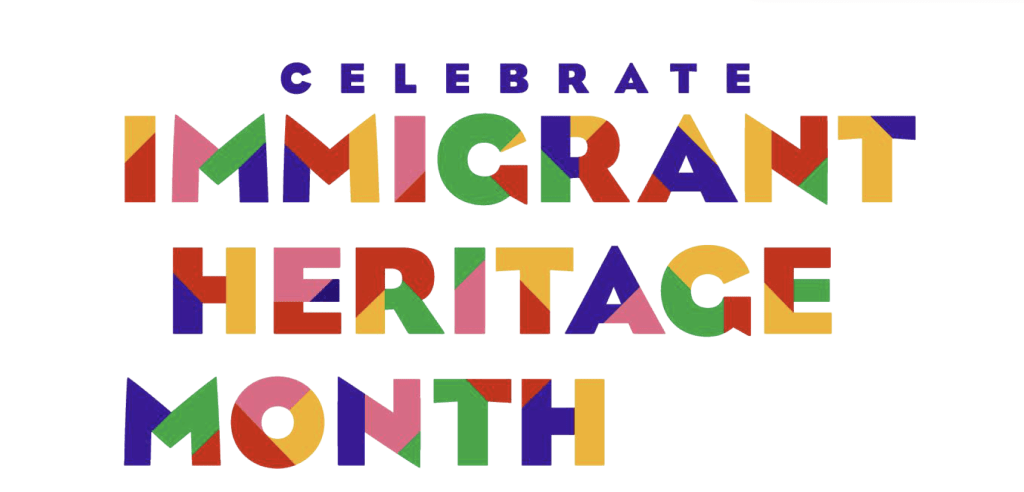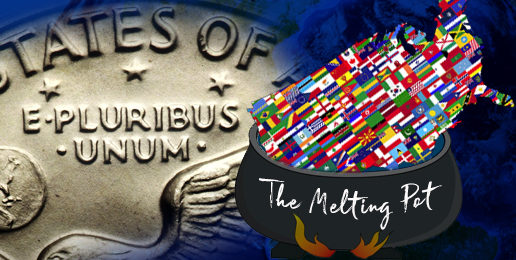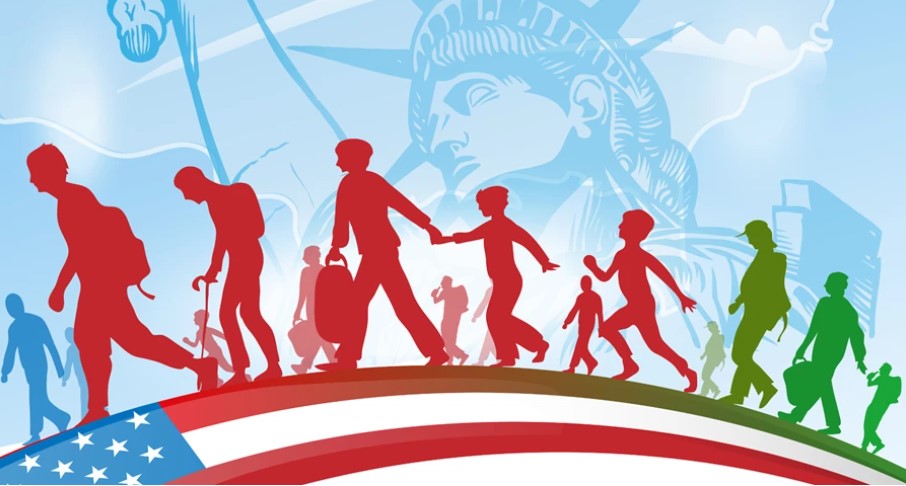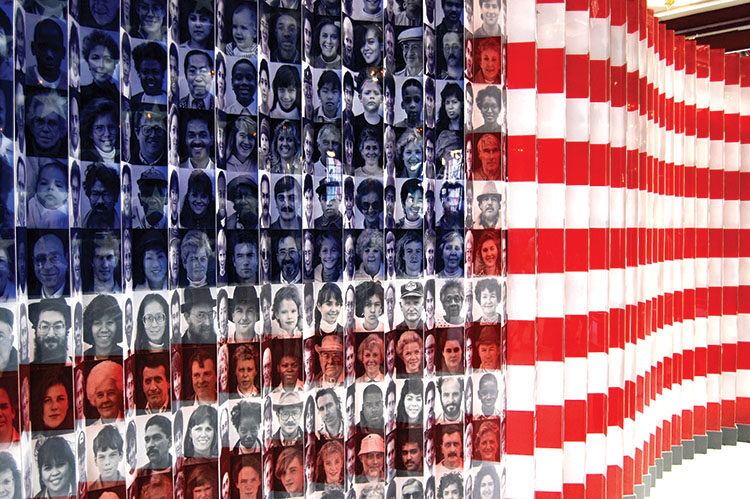Out of Many, We Are One: Immigrant Heritage Month

By: Malorie Lewis / Arab America Contributing Writer
June is Immigrant Heritage Month! This month has continued its annual celebration since its beginning in 2014. The initial initiative was a product of the I Am an Immigrant Foundation, and it exists for the purpose of honoring our Immigrant citizens and heritage. This spotlight is more essential than ever with continued negative and unfounded mindsets about immigration and immigrants. It is a reminder that we all come from a form of immigration historically!
President Joe Biden released a proclamation on May 31st, 2023, specifically recognizing the holiday. In his proclamation, Biden encouraged Americans to learn more about immigrants and celebrate their stories. You can view this proclamation here.
America is more than a place; it is an idea. It is the idea that everyone is created equal and deserves to be treated equally throughout their lives and that everyone should have a fair shot and an equal chance to get ahead. That is what has drawn people to our shores for centuries. It is what makes us who we are. And that very idea of America has been advanced by immigrants from every part of the world — my ancestors and yours. Their dreams built America, and during National Immigrant Heritage Month, we celebrate their courage.
Joe Biden Proclamation on National Immigrant Heritage Month, 2023
Reflections on the “Melting Pot”

It is important for us to take the time to reflect on the contributions of our fellow citizens; after all, we are a nation built on immigration. It is a time to appreciate our own history and celebrate the continual progress we make thanks to our rich and diverse community. Immigrants have not only contributed to the economic growth of America, but they are the bedrock of our diverse cultural landscape. They have shaped and molded our identity into the mythical “melting pot” we learned about in school.
However, a better analogy for America is that of the tossed salad. Why a tossed salad? Well, our racial, religious, and cultural heritage components remain intact, and there is less of a push for assimilation. Our identity coincides with groups outside of being just plain American. We are Mexican-American, African-American, Muslim-American, Italian-American, Asian-American, Arab American, etc. Immigrants’ heritage, customs, and culture only serve to enrich our country.
Arab Immigration History

This celebration is very dear to us here in Arab America. Migration from the Middle East and North African regions has a lengthy history dating back to the 1800s. There were four distinct waves of immigration from the Arab World that saw a major influx to the United States.
The first wave occurred from the 1800s to 1924. The majority were Arab Christians from the Ottoman Empire who fled to the United States escaping economic insecurity, conscription, and religious persecution. This is the very story and essence of the United States. It is the “American Dream.” This lasted until the implementation of the Johnson-Reed Act. This limited immigration to the U.S. based on quotas, favoring immigrants from northern and western Europe.
Following WWII, the U.S. made exceptions for many educated people from Syria, Lebanon, Palestine, Jordan, Egypt, and Iraq who came to the United States. Thus, the beginning of a phenomenon known as the “brain drain” was set into motion. Then the Arab-Israeli War catalyzed increased Arab immigration as approximately 711,000 Palestinians became displaced from their homes and land. The Refugee Relief Act in 1953 permitted around 2,000 Palestinian families to immigrate to the United States.
From 1966 to 1990, immigration from Arab countries saw a significant spike as many came to study at U.S. schools and found work in the country afterward. Others were refugees fleeing domestic conflicts, such as the Lebanese Civil War. Finally, we are in the most recent wave of Arab immigration, from 1990 to the present. As time has passed and conflicts continue to emerge, so has the population of our amazing Arab American community.
Arab American Immigrant Statistics and Impact

According to the Arab American Institute, nearly 3.7 million Americans trace their roots to an Arab country. Arab Americans exist in every state, but more than two-thirds live in just ten states: California, Michigan, New York, Florida, Texas, New Jersey, Illinois, Ohio, Pennsylvania, and Virginia. Metropolitan Los Angeles, Detroit, and New York comprise one-third of the population. Many of these welcoming cities are also participating in the celebrations this month! You should get out there and find some events.
In the last few years, there has been an increase in the number of Arab Americans running for elected office, enacting real policy changes, and making their voices heard. Of course, politics is not the only realm that Arab Americans have impacted. From Rashida Tlaib to Gibran Khalil Gibran to Steve Jobs, Arab Americans have added exponentially to America’s political, cultural, and economic status. It is important that we take the time to celebrate our nation’s rich diversity and unique global heritage. E-PLURIBUS -UNUM is the Latin phrase used by the United States before adopting “In God We Trust” on our currency. This means “Out of many, one”. We are a single nation made up of many.
So, we here at Arab America hope you will join us in reflecting on and celebrating this wonderful month of diversity!
Check out Arab America’s blog here!








